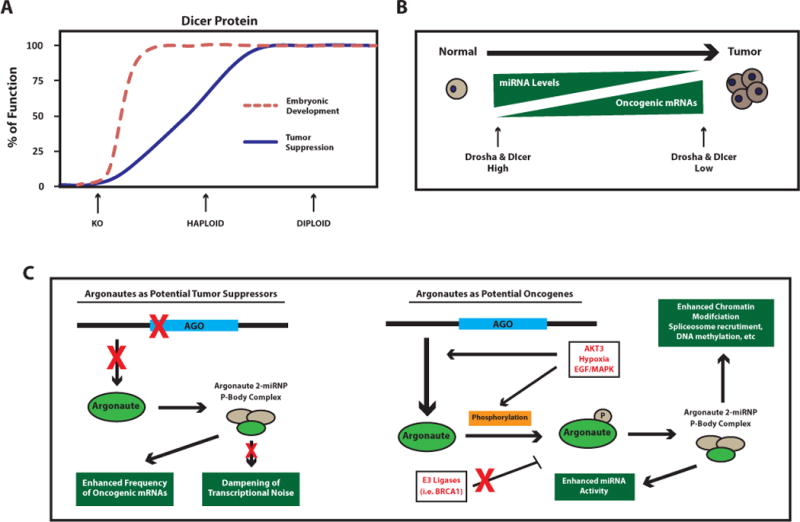Figure 2. Consequencesof Aberrant miRNA Biogenesis in Cancer.

(A) Depicted is the Knudson’s model of haploinsufficiency for a tumor suppressor gene (adapted from Figure 1 [147]). The controlled expression of Dicer has important functions in both developmental and tumorigenic processes. Red dashed line indicates a haploid dose of Dicer expression is sufficientfor embryonic development, while haploidy is insufficient for tumor suppression. Given that tumors retain some Dicer expression and Dicer loss is embryonic lethal, complete loss (KO gene dosage) of Dicer is presumably detrimental to both normal and tumor cell viability. As noted in the text, tumor suppressor genes such as Rb are haplosufficient for tumor suppression (see red-dashed line), and usually require KO gene dosage to impair tumor suppressive activity. (B)In general, reduced miRNA levels are associated with tumor development, in part through decreased miRNA biogenesis proteins such as Drosha and Dicer. This suggests a majority of miRNAs harbor tumor suppressive functions by controlling the expression of genes with oncogenic activity when aberrantly expressed. Whether loss of Drosha/Dicer is an initiating event that allows for a permissive tumorigenic environment, or if established tumors actively suppress these proteins to maintain a tumorigenic state is still unclear. (C) Ago2 can function either as a tumor suppressor (left panel), or as an oncogene (right panel) depending on cell context. As a tumor suppressor, loss of Ago2 would result in reduced formation of Ago2-miRNP complexes and P-body formation, ultimately reducing miRNA activity. As a result, normal gene regulation and dampening of transcriptional noise would decrease and potentially lead to enhanced abundance of aberrantly expressed transcripts that harbor oncogenic activity. In some cancers, AGO2 expression is elevated suggesting an oncogenic role. While the mechanism is unclear, it is known that EGF/MAPK signaling pathways promote the phosphorylation of Ago2 and its localization to P-bodies. Presumably the resulting enhancement in miRNA activity reduces certain tumor suppressive transcripts highly abundant in those tumor cells, or through other Ago2-mediated mechanisms such as chromatin modification. Since proteasome inhibitors reduce AGO2 levels[26], other mechanisms for gain of Ago2 expression in cancer could be through loss of certain E3 ligases such as BRCA1, which is know to be mutated or lost in certain breast cancers.
